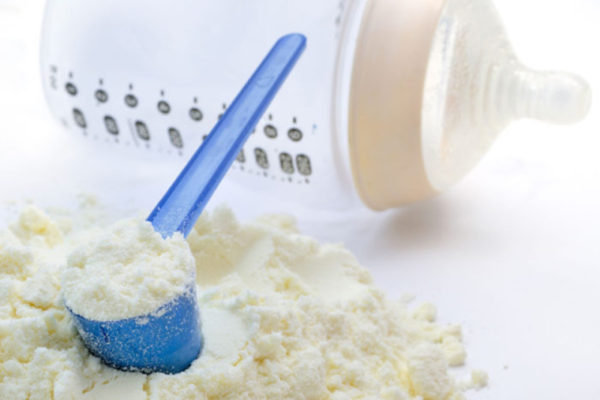Formula made with cow’s milk does not increase diabetes risk
A 15-year global study of children genetically predisposed to developing Type 1 diabetes found that drinking formula made with cow’s milk did not increase their risk for developing the disease. School of Medicine scientists were among the international team of researchers who conducted the study.
Major hurdle cleared to diabetes transplants
Researchers have identified a way to trigger reproduction in the
laboratory of clusters of human cells that make insulin, potentially
removing a significant obstacle to transplanting the cells as a treatment for patients with type 1 diabetes. Pictured in blue are the cells and in green, the insulin.
Years of research brought together in one weekend
Ten patients ranging in age from 7-23 came to the School of Medicine in August for testing and evaluation at the first-ever multidisciplinary clinic for Wolfram syndrome.
Protein may help prevent diabetes by keeping insulin-making cells alive
Islets isolated from a rat pancreasDiabetes researchers hoping to enlist the help of a protein targeted by cancer therapies have gained an important new insight into how the protein, known as mTOR, works in the pancreas. Ironically, diabetes researchers want to promote the capability of mTOR that oncologists want to shut down: its ability to cause cells to reproduce by dividing into copies of themselves.
Protein may help prevent diabetes by keeping insulin-making cells alive
Islets isolated from a rat pancreasDiabetes researchers hoping to enlist the help of a protein targeted by cancer therapies have gained an important new insight into how the protein, known as mTOR, works in the pancreas. Ironically, diabetes researchers are hoping to promote the capability of mTOR that oncologists want to shut down: its ability to cause cells to reproduce by dividing into copies of themselves. That capacity can be deadly in tumors, but diabetes researchers want to use mTOR’s ability to make cells divide to maintain enough insulin-making beta cells in the pancreas to prevent diabetes. More…

